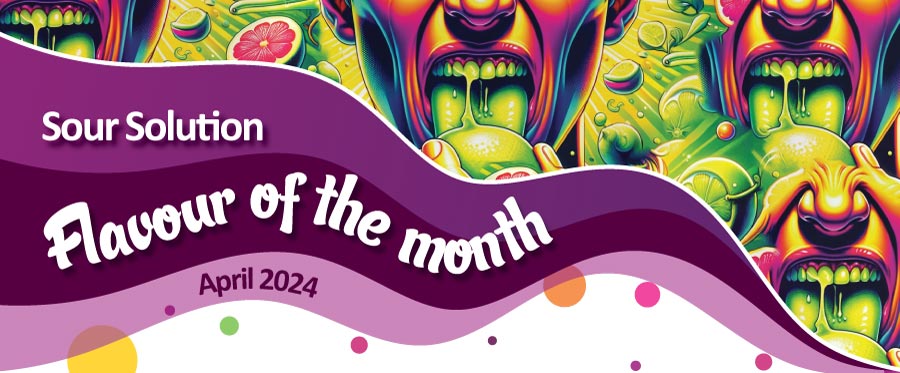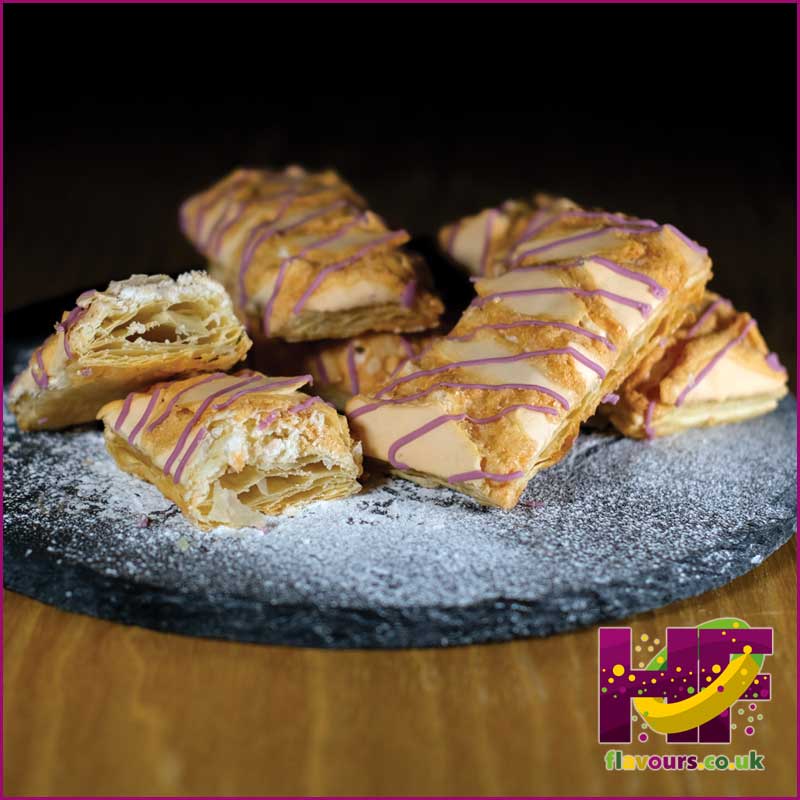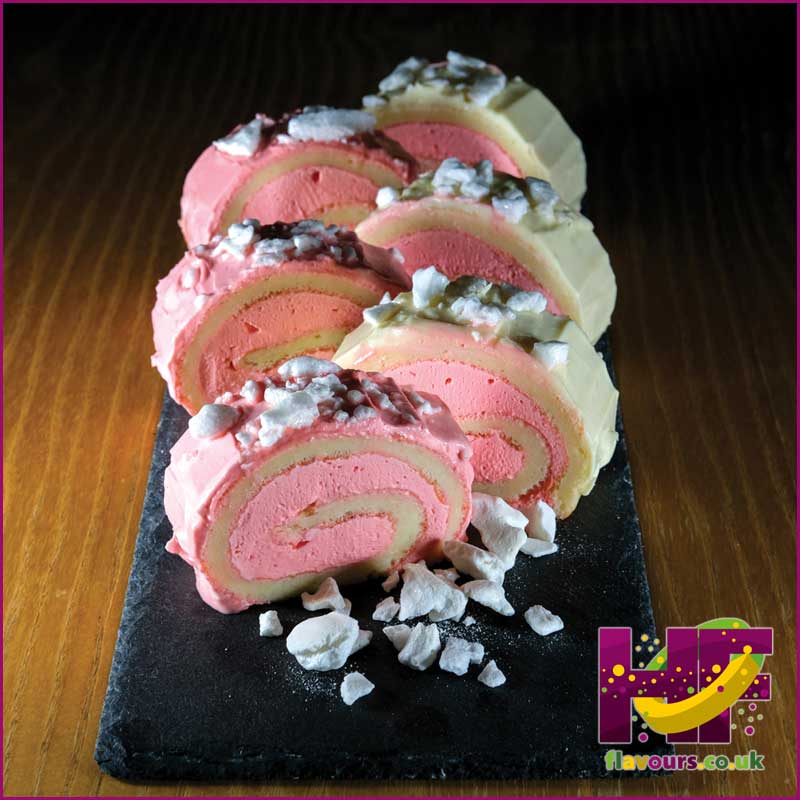Why so sour?
The act of puckering one’s lips and experiencing a tingling sensation in the jaw, once instinctively associated with detecting the presence of poisonous or spoiled foods, has evolved into essential cues, guiding us through the exploration of diverse flavours and cuisines. The sour taste, triggered by a product’s low pH, whether coming from the acids in unripe fruit, spoiled milk, or the sharpness of confections, is a fundamental feature of our five senses, evoked by a chemical reaction.
But why do we crave this sour sensation? In recent times, our culinary desires have expanded, seeking not just sustenance but an interactive and dynamic engagement with our food. Whether it’s the fiery heat of chilli, the refreshing coolness of mint, or the intense sharpness of sourness, we are on a quest for heightened interactions with our culinary experiences.
While sourness levels can vary, with Pringles’ announcement of sour cream and chive as a best-selling flavour serving as one example. In such cases, the sour notes are characterized by a creamy and tangy profile rather than a sharply acidic one. On a different note, sourdough bread exemplifies a diverse range of tartness, stemming from lactic acid produced during fermentation. This tartness varies based on factors such as the baker’s technique and the age of the sourdough.
Devoted bakers make significant investments to procure unique sourdough starters, valuing the distinctive taste that arises from the artisanal skill involved in the process. Yet, as the demand for sour intensifies, alternative influences emerge. Witness the ascendancy of Kimchi, surpassing traditional coleslaw with its sour and fermented alternatives. Vinaigrettes are reinvented, infused with sour plum flavours that perfectly complement chicken, ham, or salads, creating a delightful sweet and sour harmony. On the beverage front, Talea, a women-owned brewery, gains recognition for its sour-flavoured beers, featuring fruits that add a tangy twist to the refreshing brew.
The infusion of fruits to create sour concoctions extends globally, with Japan leading the way in innovation. From salted sour plum sparkling cocktails in cans to Starbucks introducing a sweet and sour strawberry coffee range, the market showcases the transformative power of sour pairings. These additions provide a quick pick-me-up in the morning or afternoon, elevating fruity favourites with a tantalizing sour twist. This showcases brief exploration of the transformative potential that the inclusion of sour elements can bring to a product.
Explore the art of transforming flavours into a delightful tangy experience with our Sour Solution 85/22784. Tailored for versatility, this innovative solution effortlessly pairs with a range of alternative flavours, offering a convenient means to precisely adjust the level of sourness in your product. Whether enhancing creams or brightening fruits, achieving the perfect sour note has never been more straightforward.
A traditional Italian treat, Sfogliatine, is crafted on a puff pastry base and with a crown of royal icing before baking. In this innovative twist, the royal icing takes on a burst of flavour with Blueberry 85/23464 flavour and our Sour Solution 85/22784, introducing a delightful tingling sensation. To add depth to the ensemble, the royal icing is drizzled with an Umami Caramel 85/23483-infused caramel, creating a harmonious interplay between the salty base and the sweet elements. It’s a simple yet delightful symphony of savoury and sweet components that elevates this traditional treat to new heights.
Putting the sour in a Swiss roll, featuring a foundation of Cooked Bramley Apple 85/22448 flavoured sponge, imparting a delightful fruity essence. The sponge is rolled around a whipped white chocolate ganache, flavoured with the richness of Cherry 85/23045 and the lively kick of our Sour Solution 85/22784. The sour solution perfectly complements the naturally tart elements of the fruit, creating a sweet yet puckering sensation with every bite. The roll is crowned with pieces of meringue, adding an extra layer of textural crunch.







